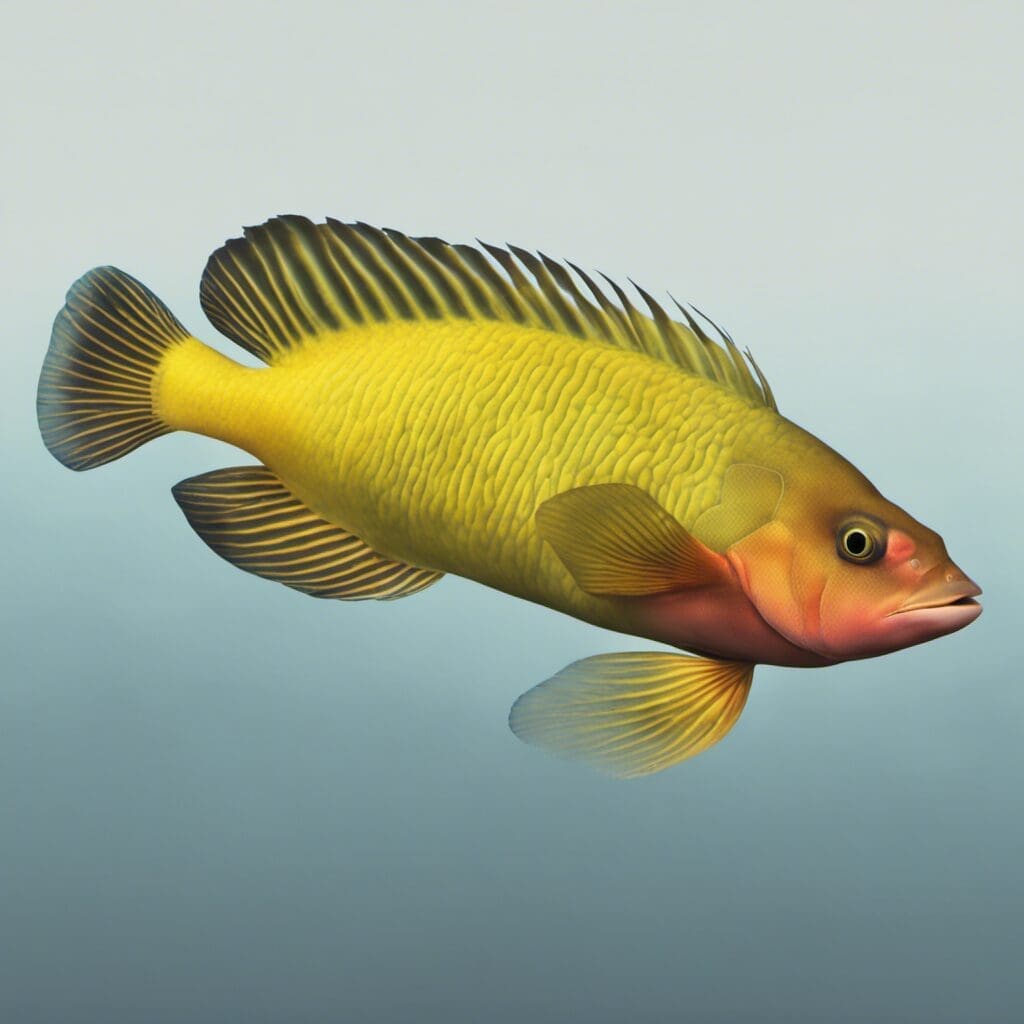Introduction
The Yellowcheek Wrasse (Halichoeres cyanocephalus) is a captivating species of the extensively diverse family Labridae, a group that includes approximately 600 species of marine fishes predominantly known as ‘wrasses.’
Conservation Status
This species is classified as ‘Least Concern’ by the International Union for Conservation of Nature (IUCN). The Yellowcheek Wrasse is fortunate to be widespread, and its population reportedly stable, despite enduring regular fishing pressures. There are no specific conservation efforts reported for this wrasse, potentially due to its abundant and unthreatened status.
Statistics
| Average | Range | |
|---|---|---|
| Length | 20 cm | 12-25 cm |
| Weight | Data Unavailable | Data Unavailable |
| Average Lifespan | 5 years | Data Unavailable |
Distribution
Yellowcheek Wrasse is a tropical species that inhabits parts of the Atlantic Ocean, specifically in the regions extending from Florida to Brazil.
Migration Patterns
There are no recorded migration patterns for the Yellowcheek Wrasse.
Habitats
These wrasses prefer marine, salty waters and inhabit reef environments, usually found at depth ranges of 1 to 30 meters. They thrive in warm tropical temperatures.
When and Where to See
Yellowcheek Wrasses are active during daylight hours and retreat to the safety of the reef crevices at night. The visibility of these fishes may increase during the dry season when the waters are most clear.
Best Fishing Locations
Yellowcheek Wrasse are commonly fished from Florida’s coastal regions to Brazil in the western Atlantic. As specifics are lacking, one might scout out warm, reef-rich areas bustling with marine life within these regions.
How to Catch
A baited hook is a usual method to catch these colourful wrasses, and they have been known to be attracted to pieces of shrimp or squid. Fishermen usually spot them around reef habitats during the day.
Identification Guide
These alluring wrasses sport a vibrant mixture of blue and yellow coloration. Distinctively, the title ‘Yellowcheek’ stems from their prominent, golden-hued cheeks. They have small, pointed noses and long, slim bodies typical of wrasse species.
Culinary
While not traditionally regarded as a commercial species, the Yellowcheek Wrasse can provide a savory delight when grilled or prepared in a pan. No specific nutritional information or recipes are available for Yellowcheek Wrasse.
Additional Information
The Yellowcheek Wrasse is an omnivorous species with a diet composed of small invertebrates, including shrimps and crabs, as well as vegetative matter. Natural threats to these wrasses are typically larger predatory fish.
References and Further Reading
For more information about Yellowcheek wrasse, you might consult sources such as the FishBase Database and Florida Fisheries.

